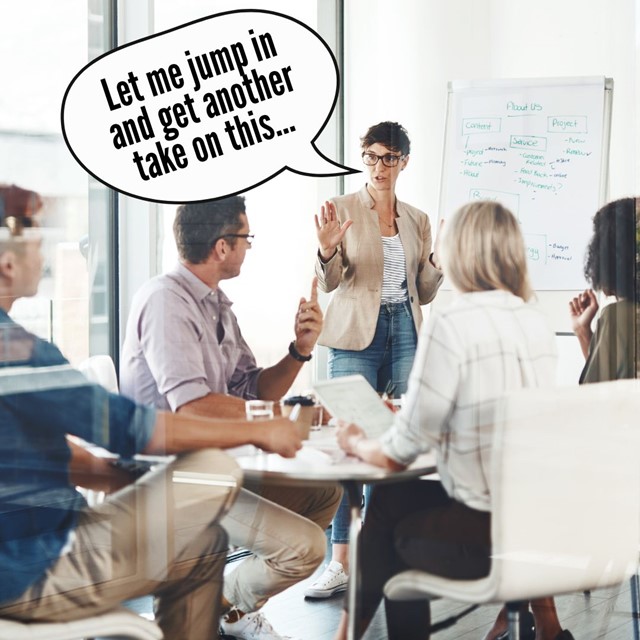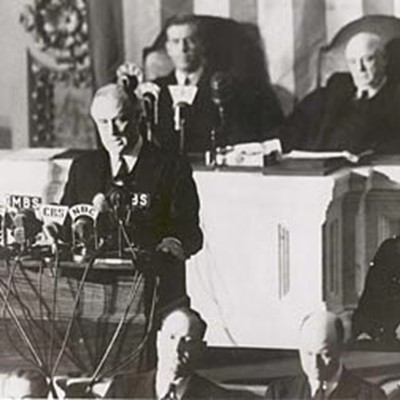
Help us better facilitate meetings to get customer input.
How can we better facilitate community engagement sessions?
These are types of requests we get from organizations on a regular basis. We find that reaching back to communication fundamentals helps facilitators feel more confident about providing direction and keeping participants engaged (and sometimes in line).
Let's see how it translates.
Start strong
We instruct public speakers to plan a strong open. A speaker's strong open lets the audience know what you're talking about and why they audience will want to listen--the benefit to them.
Facilitators can do the same thing. Your strong open as a facilitator might follow a plan like this one:
1. Begin with a few opening lines that establish the topic, the overarching goal, and why participants have an important role to play.
2. Introduce yourself and any other facilitators or team members.
3. Establish the structure and ground rules, which might include:
- Briefly describing how the session will be run
- Encouraging participation, civility, and respect
- Inviting different opinions
- Reminding participants of time limits and asking them to speak briefly, so others may also speak
- Asking participants to help you by holding each other accountable and making time for others to speak
Plan in advance to encourage and manage discussion
We remind presenters all the time that they can plan for the unscripted. Facilitators can make plans, too.
Have a question prepared to begin the discussion. Have additional questions prepared to keep the discussion going.
As a facilitator, you're charged with actively managing the discussion. You can plan for and role play:
- Rephrasing ideas worth exploring and inviting others to comment
- Interrupting participants who speak too long
- Stepping in if participants fail to be respectful of others
- Making room for participants who haven’t spoken to join the conversation
Conclude with purpose
We tell presenters: Don't let Q&A be the last word. Even if you take questions after you've already concluded your message, save time at the end of a question-and-answer session to recap your main ideas--so that you have control of the last thing an audience hears.
When you're facilitating a session, you're wrap-up might include:
- Your thanks to the group for participating
- A brief description of what will happen next
- Any of your organizations goals and a reminder to participants of how this discussion fits into the mission
Having a brief conclusion gives you a chance to end on a positive note. If the discussion has become heated, off topic, or unruly, you can bring the group back together and identify the positive things achieved in the time together.
A little planning pays off
We see that with speakers, it's often tempting to put off planning, then wing it--or as they might say "speak from the heart."
And yes, we acknowledge that facilitating a meeting or input session can't be scripted. But it can be planned for. When you have a plan, you're better able to respond to those situations you might not have anticipated, too.
LEARN MORE
These tips for moderating a panel discussion can help you politely step in and redirect when you're facilitating, too.
A Buckley coach shares how she prepares to facilitate meetings and trainings here.






